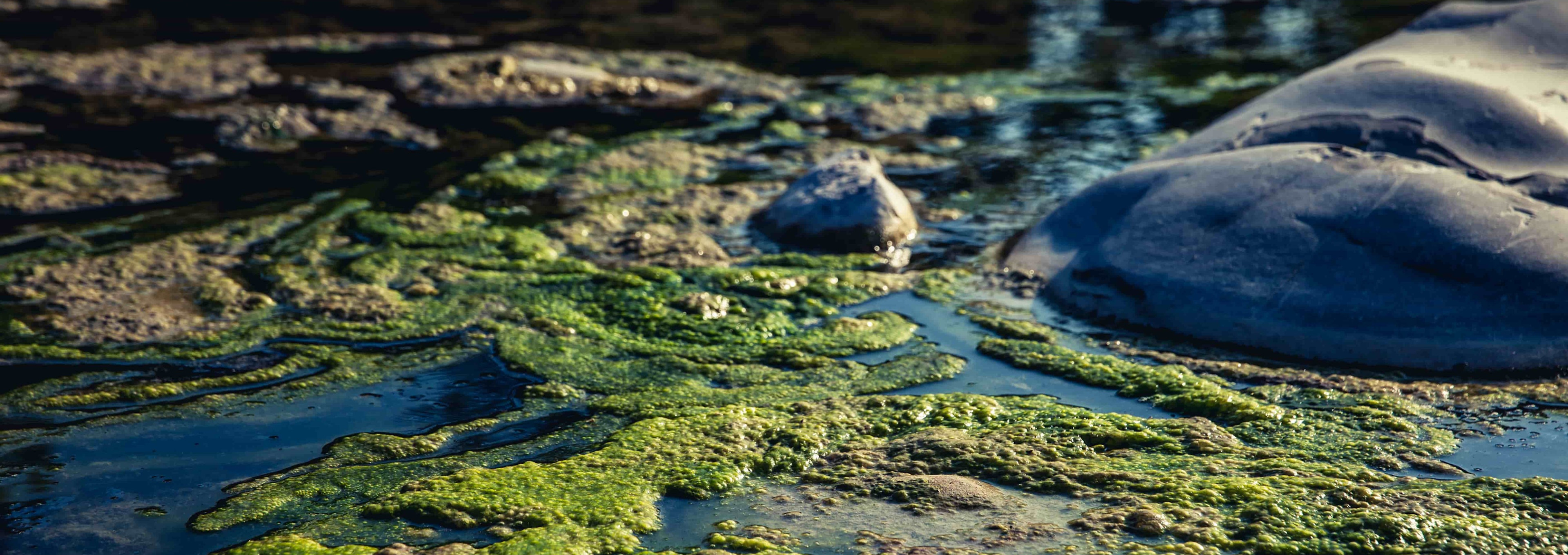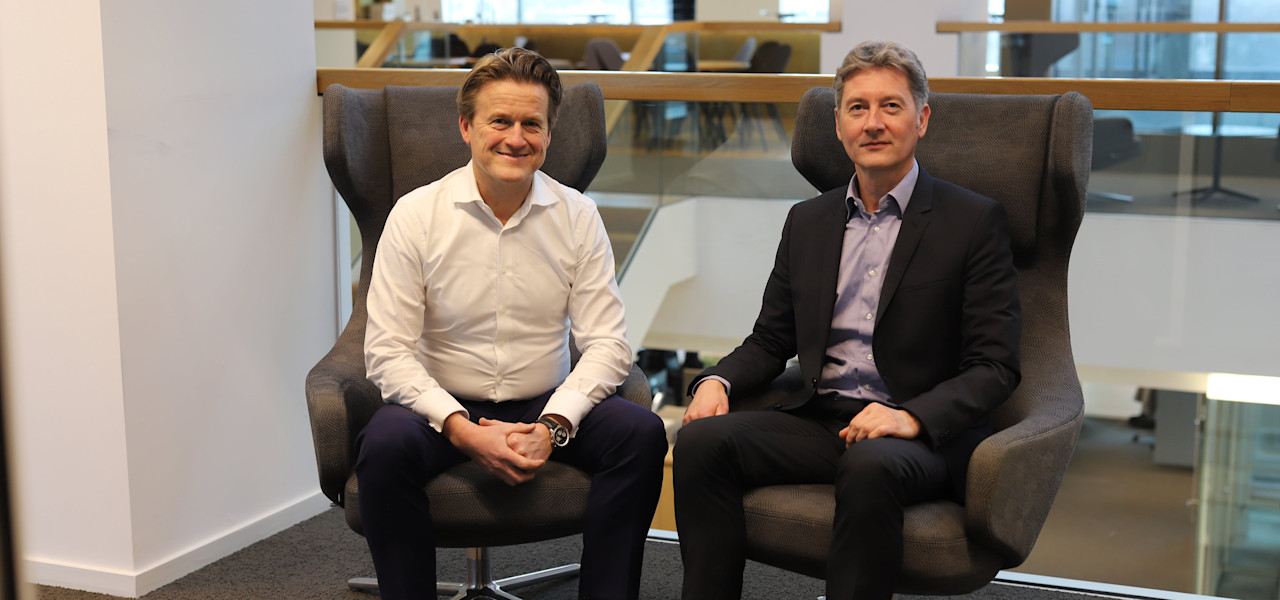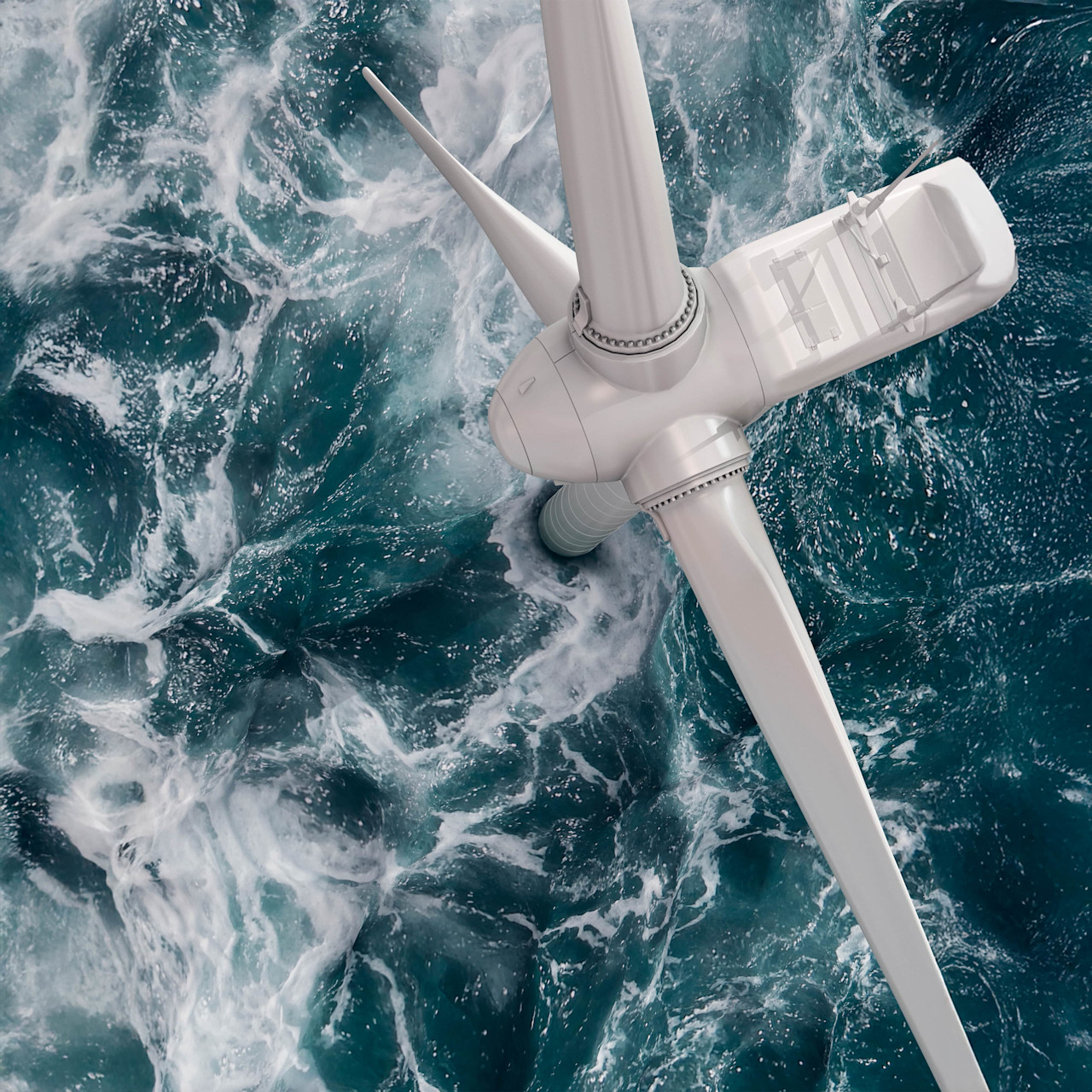

Harmful algal blooms are threatening surface waters
In moderation, algal blooms are a natural and needed part of nature; in excess, they are toxic for ecosystems and economies.
まとめ
- Harmful algal blooms are increasing in global water supplies
- Global warming and over-fertilizing are stimulating growth
- Investments in water infrastructure, filtration and testing needed
Harmful algal blooms (HAB) – explosive, uncontrolled growth of algae in waterways – are not only unsightly and foul-smelling but also dangerously destructive to water quality and aquatic organisms. Climate change and agricultural pollution are stimulating their growth and expanding their spread.
When it comes to clean water, "greenwashing” is a sustainable solution. Keeping these small but formidable forces from infiltrating drinking water supplies will require upgrading outdated water infrastructure including surface skimmers, installing stronger filtration and treatment systems and deploying more monitoring and testing technologies in the external environment.
Algae can be any of a number of microscopic, water-dwelling organisms that provide food and oxygen to aquatic environments. When their numbers are moderate, they are healthy and vital for ecosystem health. In excess, they are harmful to life above and below the water’s surface.
In freshwaters, bloom outbreaks typically appear as a smelly, green coat of reeking scum. In ocean waters, formations tend to be thick surface streaks that appear orange, brown, pink, or red in hue. The infamous “red tides” that color coastal shorelines are a type of HAB.
For humans, blooms range from nuisance to noxious. Bloom-polluted drinking water is often discolored and distasteful. More concerning, they can trigger a bevy of unpleasant conditions from skin and breathing allergies to fever, vomiting and muscular pain. High concentrations of cyanotoxin-emitting varieties can even lead to organ damage.
For aquatic organisms, the effects range from damaging to deadly due to eutrophication – a process that literally sucks the life and vitality of water bodies.
サステナビリティに関する最新のインサイトを把握
ロベコのニュースレター(英文)に登録し、サステナブル投資の最新動向を探求しましょう。
Causes and consequences
Harmful algal blooms can occur naturally. As bodies of water age, mineral sediments build up and hydrologic flows weaken, criteria that favor HAB formations. Russia’s Lake Baikal, the world’s oldest, is an example. However, human activity is facilitating and accelerating their frequency and intensity. Excess pollution from phosphorus and nitrogen are largely to blame. Given their ability to supercharge cell growth and functions, both of these compounds are used for animal feed and crop fertilizers.
Harmful algal blooms can occur naturally … however, human activity is facilitating and accelerating their frequency and intensity
They are also important ingredients for many industrial processes and household products. Farm runoff as well as municipal and industrial waste streams create a concentrated cocktail of nutrients on which algae thrive. In a two-to-three-week period, it is possible for one algal cell to produce a million daughter cells.1
In the US, nearly 1,700 HAB-related warnings and public health advisories were issued nationally in 2021, a considerable increase since 2015 when the EPA formal collections and collations from states began (see Figure 1).
Figure 1 | Reports of harmful algal blooms in US waters are rising

The number of publicly reported alerts and beach closures due to harmful algal blooms across US states since 2015. Bars represent monthly reported cases.
Source: US Environmental Protection Agency, Office of Water, Tracking CyanoHABs website.2
Most of these events do not pose serious public health threats but when they do, they are costly. A 2014 HAB outbreak in Lake Erie infiltrated drinking water, resulting in shutdowns and a record water bill for local utilities in Ohio. All totaled, remediation expenses reached an eye-watering USD 850 million.3
And blooms are not singular but rather recurring events. Every summer, nutrient-enriched waters in the Mississippi River empty into the warm waters of the Gulf of Mexico, creating a massive marine mausoleum encompassing thousands of square miles. The largest on record spanned nearly 22,000 km2, roughly the size of Israel.
By order of Congress, the Chesapeake Bay area recently underwent a multi-billion-dollar infrastructural overhaul to address HAB formation and deteriorating water quality in its waters and shoreline watersheds. Warmer global temperatures are driving the phenomena into colder Arctic waters. Toxin-producing algal species have been discovered in marine life off the coast of Alaska with worrying frequency.4
The US is not alone. Algal blooms are a recurring feature of China’s largest rivers. Moreover, the Yellow Sea on its eastern coastline has hosted blooms covering nearly 30,000 square kilometers.5 Europe too is experiencing bloom gloom. Each year the Baltic Sea, home to a thriving aquaculture, struggles with nutrient runoff from bordering countries. A full 97% of its waters are impacted by excess nutrients that lead to HABs.6
More doom from blooms
Climate change is moving the situation from bad to worse. Unpredictable weather patterns are bringing droughts to some regions and intense rain to others. Both contribute to HABs. Flooding dramatically increases the flow of nutrient-laden runoff from farm fields, industrial waste, and municipal sewage into environmental waterways. Droughts, on the other hand, lower water levels, increase stagnation, and further concentrate polluting nutrients – ideal conditions for explosive HAB growth. Keeping inland waters HAB-free becomes even more critical as drought-stricken and aquifer-depleted communities seek alternative water sources.
Climate change is moving the situation from bad to worse.
Meanwhile, the need to feed is pressing farmers to use more rather than less phosphorus- and nitrogen-enriched fertilizers on crops. And manufacturing growth means larger nutrient loads from industrial waste streams.
Teeming with opportunity … and life
The RobecoSAM Sustainable Water Strategy invests in companies across the water value chain that are helping protect the quality and quantity of existing water supplies. As the threat of HABs on water quality increases, we expect more interest in water solutions that specifically address nutrient and other contaminants from local municipalities, industry and agriculture.
Conventional water treatments generally remove low levels of cyanobacteria; however, the increasing severity of blooms are outpacing the capacity of many drinking water utilities, especially in smaller communities. Municipalities will need to invest heavily in upgrading treatment systems to filter greater volumes of cyanobacteria and other harmful HAB toxins from drinking water supplies.
Currently, we invest in point-source tap water and wastewater utilities which, over the long-term, benefit from capex investments needed to ensure clean, protected water supplies. We also invest in companies providing utility-based technologies that detect and destroy cyanotoxin cells.
Moreover, in addition to concrete basins, hydraulic pumps, filtration equipment and miles of piping infrastructure upgrades increasingly employ virtual goods and services to reduce construction and later operating costs. We see this as a clear structural trend in water services and are reviewing modeling software providers that help engineers virtually simulate and optimize plant design.
We also invest in companies providing environmental sampling, analytic testing and ongoing monitoring of nutrients to municipal, industrial and agricultural sites. These stand to benefit significantly as regulations on water quality tighten.
The need for solutions is growing which means water companies and waterways can expect a future teeming with opportunity … and life.
Footnotes
1 Encyclopedia of Toxicology, 3rd Edition. 2014. Red Tide entry. R.C. Guy, Opening abstract.
2 US Environmental Protection Agency, Office of Water, Tracking CyanoHABs website.
3 Environmental Working Group. “The High Costs of Algae Blooms in US Waters.” August 26, 2020.
4 US National Oceanic and Atmospheric Administration (NOAA) Fisheries. “Study Finds Growing Potential for Toxic Algal Blooms in Alaskan Arctic”. October 4, 2021. “Harmful Algal Blooms in Alaskan Arctic: An Emerging Threat as the Ocean Warms.” Oceanography, Vol. 35. No.2, April 18, 2022.
5 “Algal blooms endangering China’s seas.” Article. China Dialogue Ocean. June 1, 2018.
6 “The cost of degradation: a price tag on the Baltic Sea.” February 28, 2022. Baltic Rim Economies Review.
重要事項
当資料は情報提供を目的として、Robeco Institutional Asset Management B.V.が作成した英文資料、もしくはその英文資料をロベコ・ジャパン株式会社が翻訳したものです。資料中の個別の金融商品の売買の勧誘や推奨等を目的とするものではありません。記載された情報は十分信頼できるものであると考えておりますが、その正確性、完全性を保証するものではありません。意見や見通しはあくまで作成日における弊社の判断に基づくものであり、今後予告なしに変更されることがあります。運用状況、市場動向、意見等は、過去の一時点あるいは過去の一定期間についてのものであり、過去の実績は将来の運用成果を保証または示唆するものではありません。また、記載された投資方針・戦略等は全ての投資家の皆様に適合するとは限りません。当資料は法律、税務、会計面での助言の提供を意図するものではありません。 ご契約に際しては、必要に応じ専門家にご相談の上、最終的なご判断はお客様ご自身でなさるようお願い致します。 運用を行う資産の評価額は、組入有価証券等の価格、金融市場の相場や金利等の変動、及び組入有価証券の発行体の財務状況による信用力等の影響を受けて変動します。また、外貨建資産に投資する場合は為替変動の影響も受けます。運用によって生じた損益は、全て投資家の皆様に帰属します。したがって投資元本や一定の運用成果が保証されているものではなく、投資元本を上回る損失を被ることがあります。弊社が行う金融商品取引業に係る手数料または報酬は、締結される契約の種類や契約資産額により異なるため、当資料において記載せず別途ご提示させて頂く場合があります。具体的な手数料または報酬の金額・計算方法につきましては弊社担当者へお問合せください。 当資料及び記載されている情報、商品に関する権利は弊社に帰属します。したがって、弊社の書面による同意なくしてその全部もしくは一部を複製またはその他の方法で配布することはご遠慮ください。 商号等: ロベコ・ジャパン株式会社 金融商品取引業者 関東財務局長(金商)第2780号 加入協会: 一般社団法人 日本投資顧問業協会




















